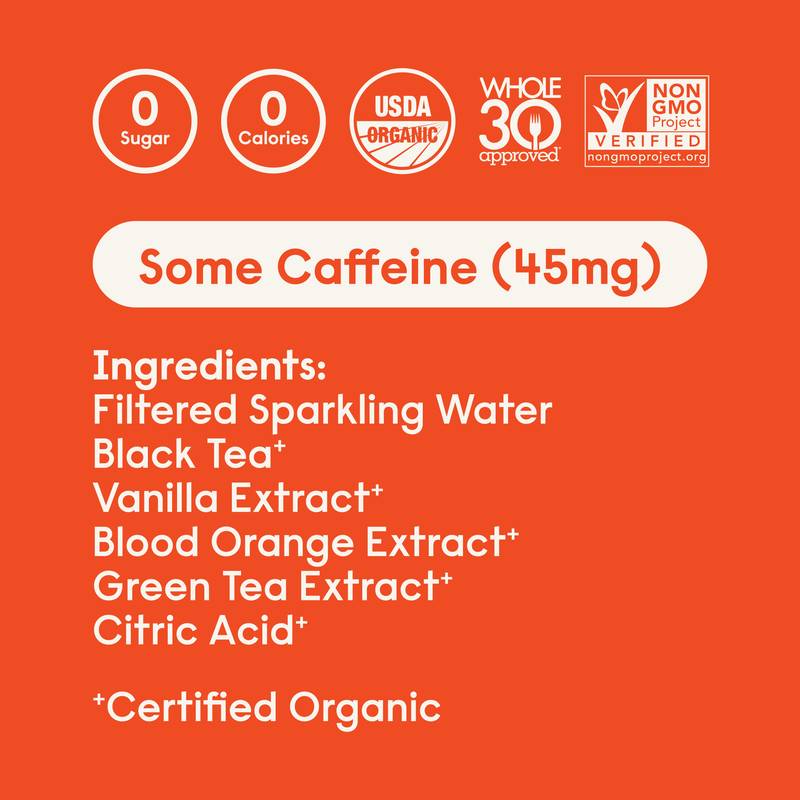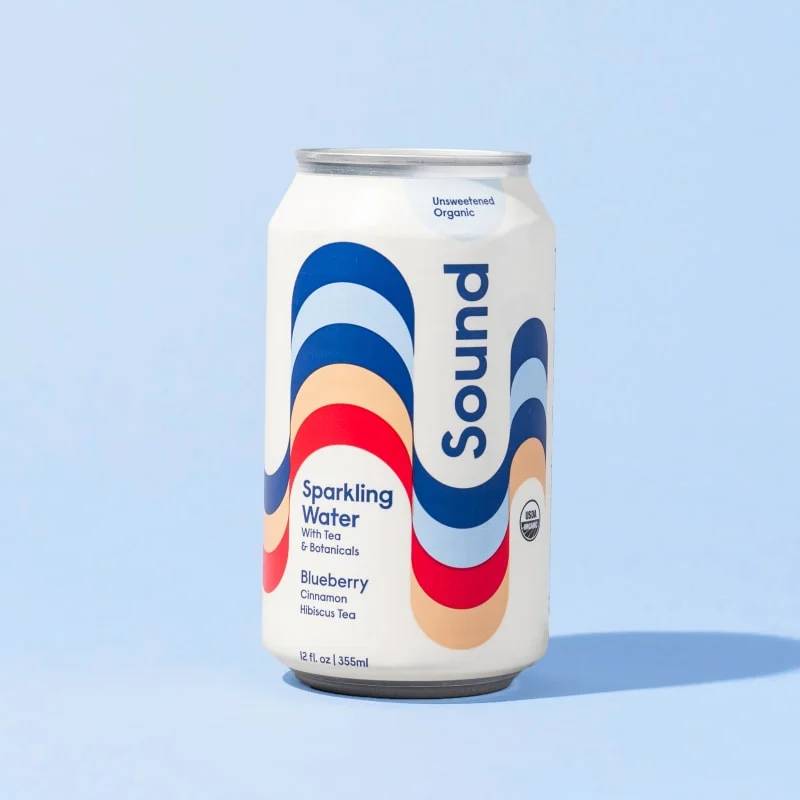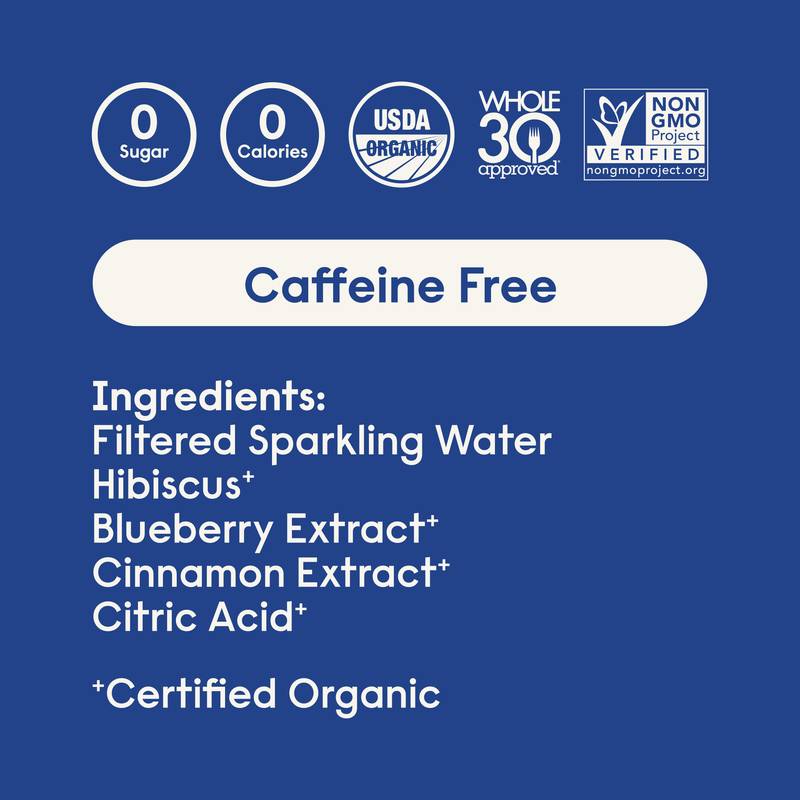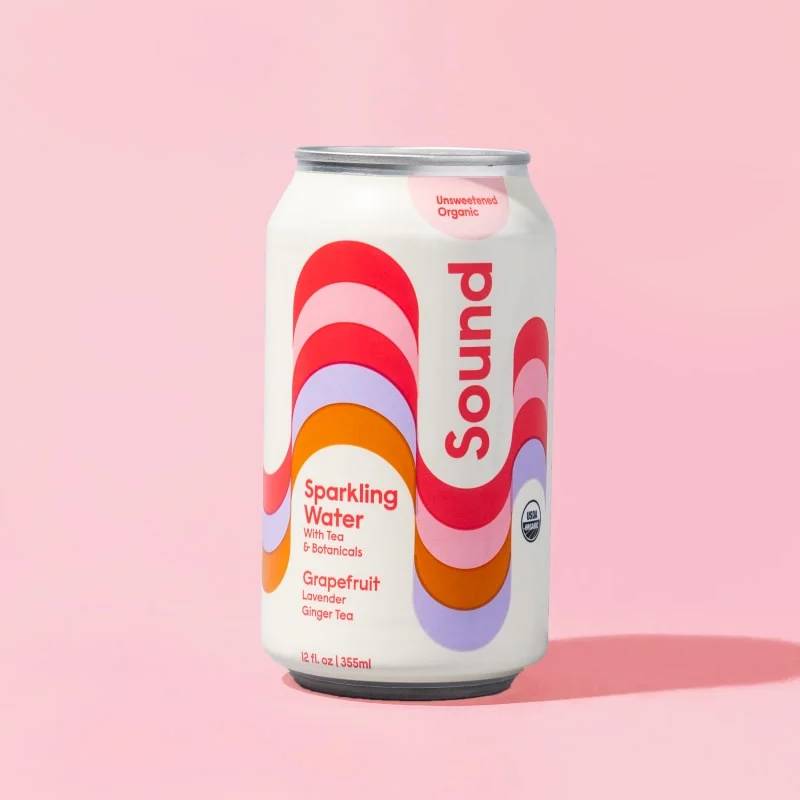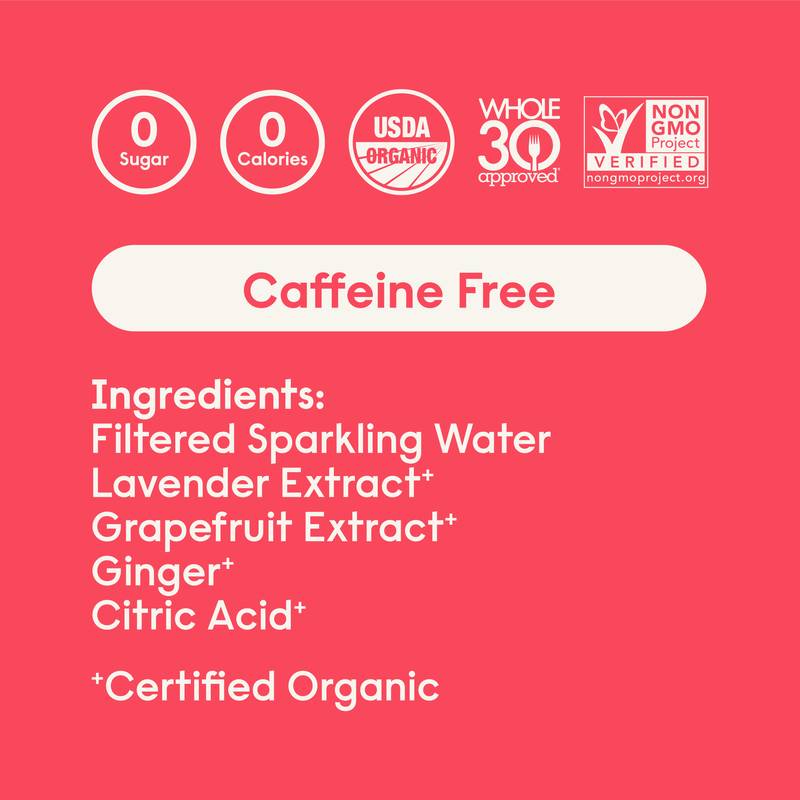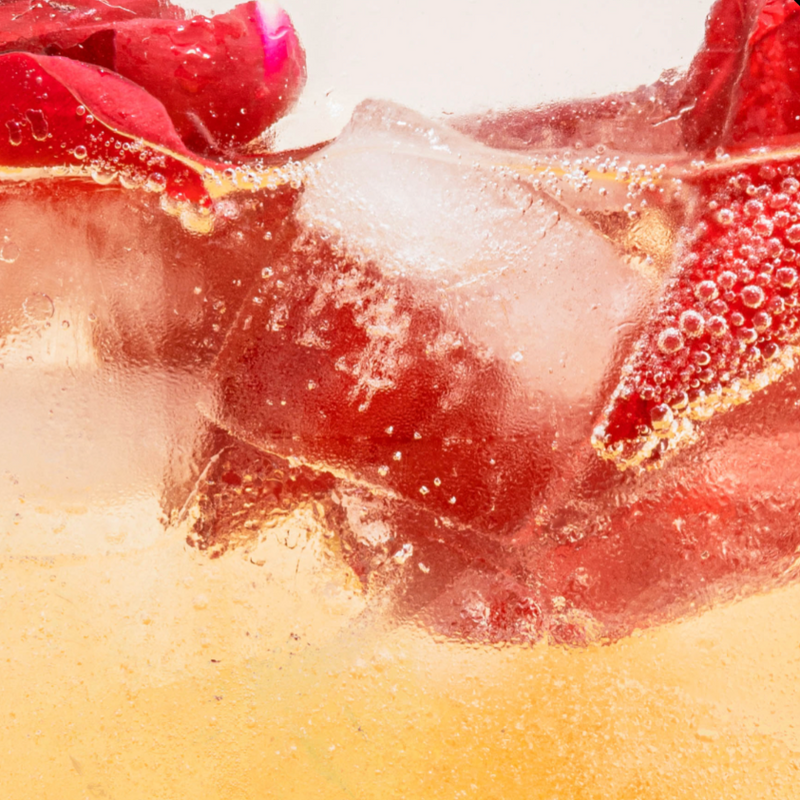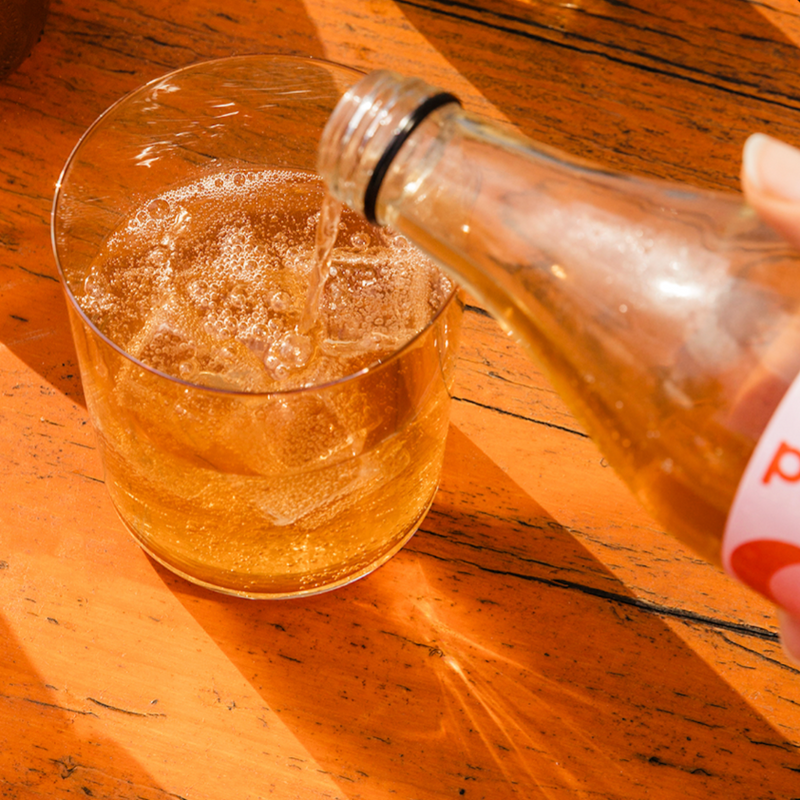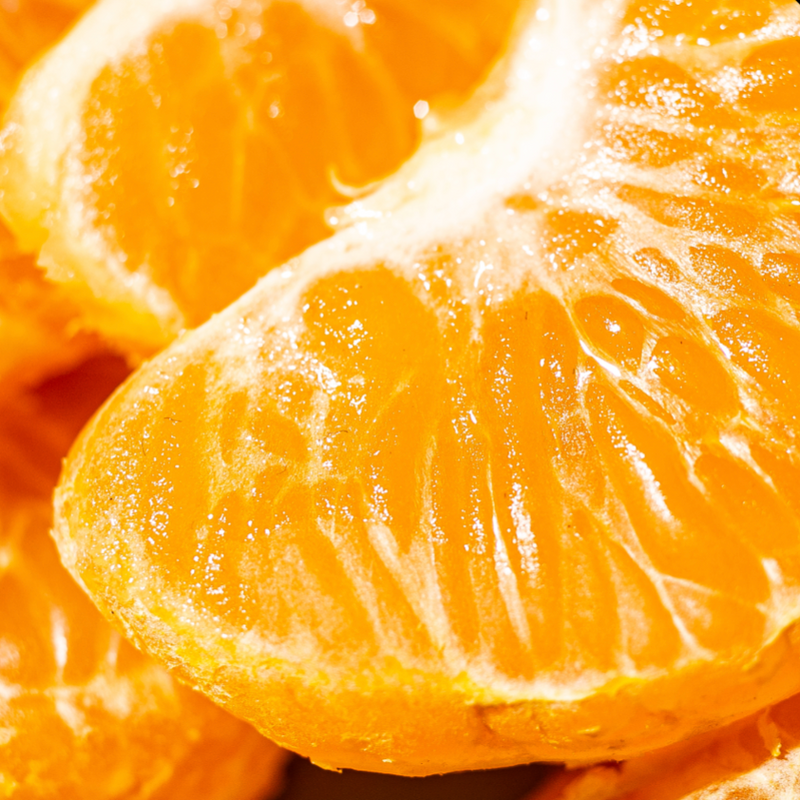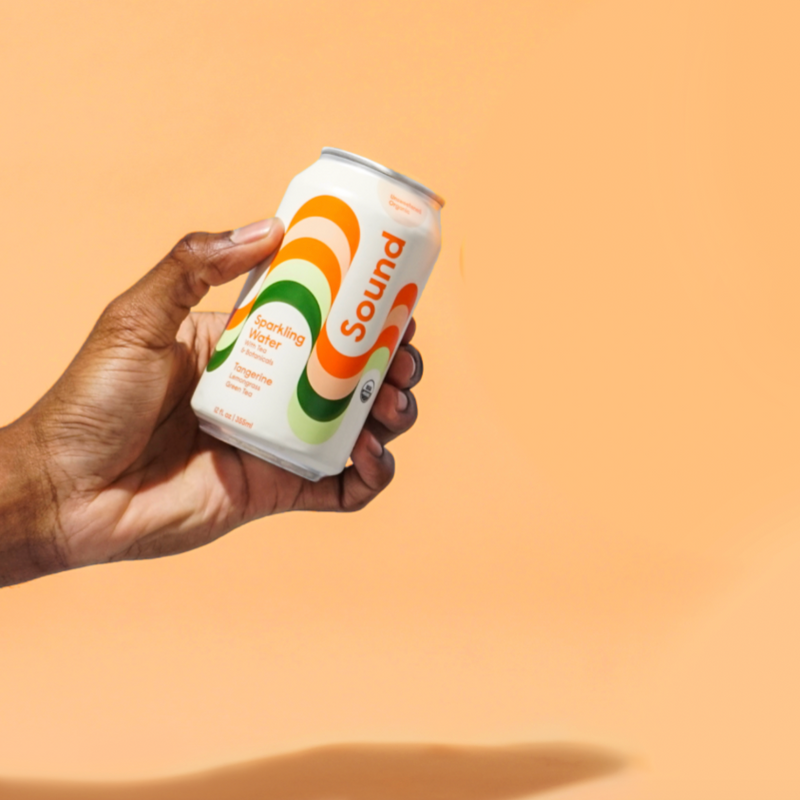According to a recent survey, limiting sugar was determined to be the top way in which Americans are changing their diets, which is great.
It’s a welcomed pivot from the ‘low fat’ craze because in those low-fat ice creams and yogurts and cereals, sugar was added to replace the flavor lost when fat was removed. And we all know that didn’t work out so well. Rates of obesity and other chronic diseases like diabetes have only continued to soar.
But often sugar is replaced with one of several low or no calorie alternatives. And the big question is: are they any better?
First, let’s break down what the sugar alternatives are. There are three main categories.
First up: Artificial Sweeteners. These are considered to be high-intensity sweeteners (HIS) and do not contribute any calories. There are six that have been approved by the FDA:
-
Saccharin (Sweet ‘N Low)
-
Aspartame (Equal)
-
Sucralose (Splenda)
-
Ace-K (Sunnett)
-
Neotame
-
Advantame
Next: Natural Sweeteners. These too are high-intensity sweeteners, and do not contribute calories.
-
Stevia: made from a plant native to South America
-
Monk fruit extract/sweetener: made from monk fruit grown in Southeast Asia
-
Allulose: the new kid on the block, this sweetener comes from fruits like figs, kiwi and raisins.
Finally: Sugar Alcohols. These do contribute some calories, but because the body does not completely digest them, the caloric contribution is still minimal. Common examples include erythritol, sorbitol and xylitol.
Tons of research has been done on these sweeteners, with the aim to figure out whether regularly consuming them is actually good for us. It is impossible to lump these all into one category of ‘sugar alternatives’ because each group is different. Today, we are going to focus on the artificial and natural sweeteners, which we will refer to as the high-intensity sweeteners.
What products use high-intensity sweeteners?
These sugar alternatives are everywhere! You can find them in pretty much any diet product (ie diet soda, low sugar cookies) to gum to protein bars and powders. Of course, they are added with the purpose to create a sweet flavor, without the calories that come with sugar. Because they are so much sweeter in taste than sugar, little is needed and they are calorically negligible. Sounds benign, right?
So, what’s the downside?
The research on sugar alternatives is very controversial. Some studies conclude that consuming them, particularly in place of sugar sweetened beverages (SSB) like juice and soda, can help you lose weight. And then there are others that say choosing sugar alternatives does not lead to weight loss. Some studies say that sugar alternatives make you hungrier, while others say that’s just not true.
Well, we are here to dig a little deeper (see what I did there 😉) and give the facts. It is notable that numerous studies (check out this meta-analysis) have found that consuming high-intensity sweeteners doesn’t actually help you to lose weight, and may even increase your risk for conditions like type 2 diabetes and metabolic syndrome. Let’s delve into why that would happen.
How does something with no calories make you gain weight?
There are multiple factors at play here.
- Firstly, it has been suggested that these sweeteners can make us hungrier. Because of their sweet taste, our body expects sugar, but does not receive it. That leads us to crave more sweet, and overeat.
- Also, because our body is expecting sugar when eating HIS, we release insulin to bring that sugar into our cells for energy. But of course, there actually is no sugar to be had. Research shows that routine consumption of these high intensity sweeteners leads to frequent inappropriate release of insulin. This may develop into insulin resistance, which is the precursor to diabetes. Not to mention, insulin resistance is associated with weight gain.
- Another piece of the puzzle is that these sweeteners may change our gut diversity. Our gut microbiome has been linked to weight. It is possible that this change may increase our chance for gaining weight. In fact, a study was done where the researchers implanted the gut microbiome from mice fed a high-saccharin diet into mice without a gut microbiome. Those mice receiving the saccharin-associated microbiomes developed glucose intolerance (aka insulin resistance).
But I thought Stevia and Monk Fruit are better because they are natural?
We tend to think that these sweeteners are probably better for us than the artificial versions. Still, there are really not enough studies, let alone long-term studies, to show benefit. The research so far does not clearly say whether these sweeteners are actually better for our health, but they are derived from natural sources and organic options are available. Because of this, we feel that overall the natural sweeteners are better than the artificial options if you are choosing between the two. Try to stick with organic when you can and limit to one natural sweetener-containing item per day (or less) to keep your serving controlled.
So which is better: sugar or high-intensity sweeteners?
The answer is complicated. Of course we want to limit added sugar, but also don’t want to go overboard with the HIS either. If you’re a soda drinker, it has been suggested that switching to a “diet” version as a bridge to get to unsweetened may be helpful to wean off of the sugar, but plan for it to be temporary because just like sugar, there is some evidence that these HIS may be addictive as well. Even better, instead of the diet version swap, try something like water with lemon or mashed berries, have a flavored warm tea, or of course, an unsweetened sparkling tea like SOUND 😊. Drinks can taste great with only real ingredients. If you are used to a very sweet flavor, it just takes time for the taste buds to adapt to a different flavor. After switching to unsweetened, give yourself two weeks. Then, try a sip of soda – we bet your body will be stunned by how sweet it tastes, and you won’t want it!
Short answer: Be mindful! If you notice that a lot of the products you’re consuming have added sugars (ie brown rice syrup, honey, or another word for sugar) or HIS, check out the tips below for easy swaps.
Take Away
The research results are not cut and dry. But there is enough research out there, in our opinion, to minimize our intake of high-intensity sweeteners. If you must have one, a (preferably organic) natural sweetener may be better in controlled amounts, but choosing whole real foods as much as possible is best.
A few real world tips
-
Choose a quality unsweetened protein powder for your smoothie (like this one), and add cacao nibs for a chocolate flavor or cinnamon and vanilla extract for a vanilla flavor.
-
When having yogurt, stick to those with less than 10gm sugar/serving. If you’re good with plain, mash your fruit in it for sweetness.
-
Instead of a protein bar with sweeteners, try Empower Bar or make your own real food snack: ie a handful of nuts or a packet of Wild Friends Nut Butter with a chopped up pear or apple.
-
Instead of regular aspartame-filled gum & mints, try Simply Gum
-
And if you’re looking to swap your soda for unsweetened, get your SOUND (20% off your order with code UNSWEETENED, *valid only for one time use)

